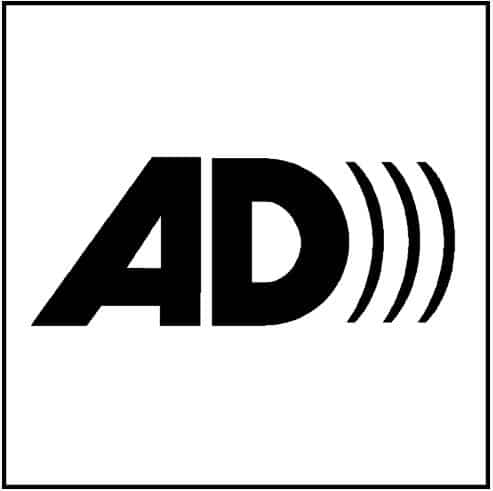The rules governing the number of hours of video-described programming that networks are required to provide are changing July 1.
The Federal Communication Commission (FCC) will require the top four broadcast networks and the top five non-broadcast networks to provide 87.5 hours of video description per calendar quarter.
The updated rule requires ABC, CBS, Fox, and NBC to provide 50 hours of video description per calendar quarter during prime time or children’s programming, as well as an additional 37.5 hours of video description per calendar quarter between six a.m. and midnight.
Video description – also known as audio description – allows people who are blind, have low vision, or are otherwise visually impaired to hear an audible description of on-screen action. The service inserts audio-narrated descriptions of a program’s key visual elements, such as onscreen actions, characters, costumes, and text appearing in graphics or the video, into natural pauses between the program’s dialogue.
The description track typically can be found on a secondary audio channel available on most television sets, and is accessible through the television’s menu. Video programming distributors (cable and satellite companies) serving the top 60 markets are required to pass through the description track to viewers.

VITAC provides this service to national networks and video producers, and all of our video description scripts are written by professionally trained scriptwriters — real, creative individuals, not automated software — with decades of industry experience. We chose our voice talent based on each video, and make sure the narration is consistent throughout a series. Our descriptions are mixed by a team of professional audio engineers and quality checked by both sighted and blind professionals for completeness and clarity.
In addition to the expanded description hours taking effect this weekend, the FCC also announced changes to its list of the top five national non-broadcast networks subject to video description requirements.
Also beginning July 1, the new top five national non-broadcast networks, based on Nielsen ratings, will be USA, HGTV, TBS, Discovery, and History. The commission updates the list of top five non-broadcast networks – cable and satellite channels – every three years to account for changes in ratings.
The non-broadcast networks currently subject to the video description requirements are USA, TNT, TBS, History, and Disney Channel. Though TNT and the Disney Channel no longer will be in the top five non-broadcast networks come July 1, the FCC says it encourages them to continue providing video description of their programs.
The FCC also previously granted exemptions from the video description rules to three network broadcasters. The FCC OK’d petitions filed on behalf of ESPN, MSNBC, and Fox News for exemption, ruling that the networks provide less than 50 hours per calendar quarter of prime time programming that is not live or near-live.
Interested in finding out more about video description or which shows currently include the service? There are a number of online resources that note which programs include video description, including the FCC’s video description page, the National Library Service for the Blind and Physically Handicapped’s audio description resource guide, and the Audio Description Project’s programming schedule.




